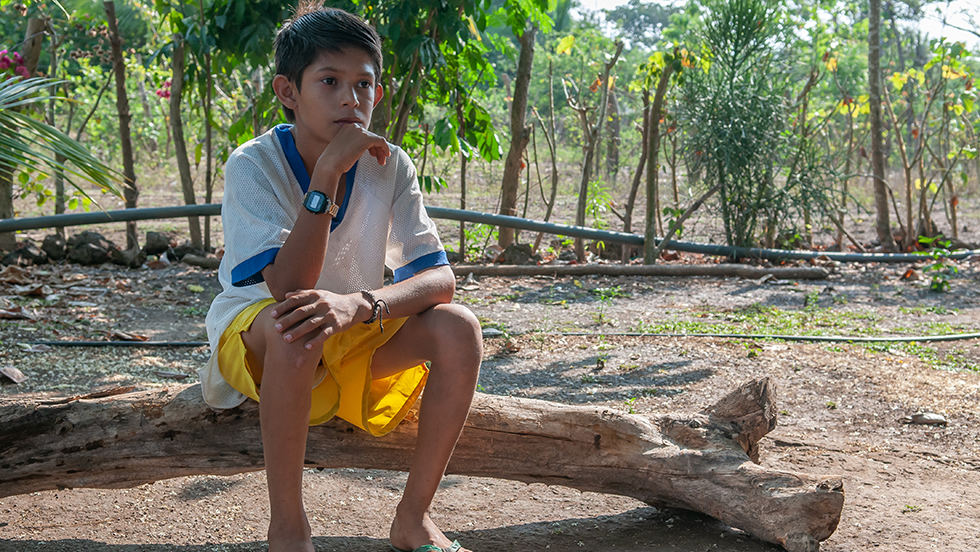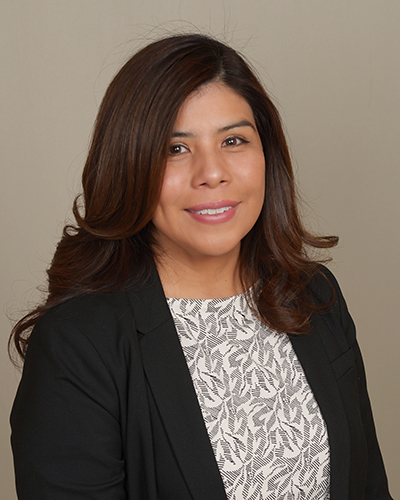
The fraught relationship between Central American immigrant mothers and their reunified children.
For the 100,000-plus immigrants from Central America’s Northern Triangle—El Salvador, Guatemala and Honduras—who call Long Island home, long-term separation between parents and children is a fact of life. Emigration first boomed as civil war in the region took hold in the late 1970s, then continued as poverty, violence and corruption became endemic.
Today, approximately 2.5 million of the 6 million natives of El Salvador reside in the United States—most of them members of fractured families due to migration and separation caused by violence and economic need. “The majority of children grow up with the expectation that they will one day come here to be reunited with their parents,” said Sandra Castro, PhD, associate dean of undergraduate programs in the College of Professional and Continuing Studies, herself a Salvadoran native, who studies transnational Central American mothers and their children. “Nearly everyone in El Salvador has at least one nuclear family member who has migrated. Mothers leave to pursue a better life for their families, then kids follow later due to violence and looking to reunify with their parents in the U.S. It’s a rite of passage.”

Sandra Castro, PhD, is associate dean for undergraduate programs in the College of Professional and Continuing Studies.
Dr. Castro’s recent study, “Central American Mothers’ Perspectives on Their Recently Arrived Children’s New Sibling Relationships” (Doing, Undoing, and Redoing ‘Family’ in Uncertain Times: Kinship as a Site of Struggle, Resistance, and Hope, special issue, NEOS, Fall 2022), examines how mothers from the Northern Triangle perceive their children’s attempts to assimilate into American life. Dr. Castro interviewed 25 Long Island-based mothers who migrated at various points in the past several decades—from the late 1970s through 2019—and left at least one child behind. “None of them expected the separation to last so long,” she said. Fortunate families were able to reunite in as little as two years, but some had to wait as many as 17, leaving ample time for mothers to establish new families stateside.
When their older children eventually arrived, the initial joy of reunion devolved into disappointment on both sides. “These kids have just undertaken a journey with severe physical hardships, and now they’re entering this unfamiliar home where they might have new siblings and a new stepparent,” Dr. Castro explained. But while mothers may have understood the complications of blended family relationships and sought to soothe tensions, few of them were able to mitigate their older children’s experience of “ambiguous reunification,” a term coined by social worker Geoffrey L. Greif, PhD, who expanded on family and child studies expert Pauline Boss, PhD’s pioneering concept of ambiguous loss to describe separation and loss without closure. “Children shared that they would rather have lived in dire poverty in El Salvador than have their mom migrate and be separated from them for so long, and there is no way to undo that,” Dr. Castro said. “It’s something mothers just have to live with.”
Recently arrived children are also subject to cultural, linguistic and legal barriers that prevent them from enjoying the same success as their U.S.-born stepsiblings—a difficult reality for mothers to contend with. Many of them struggle at home, at school and in the community due to social marginalization and racial profiling in schools, which neglect to offer them support for academic success—and as a result, in extreme cases, some are lured in by violent gangs and become entangled in the criminal justice system. One woman from Honduras told Dr. Castro that her U.S.-born daughter “is incredible. I am so proud of the young woman she’s become. She was the first of my children to graduate from college. … She’s my greatest inspiration.” Her older daughter, who migrated to the United States as a teen, however, “got with someone right away [after she got here] and got pregnant very quickly. She moved in with him and is now raising her son. She didn’t want to go to school.”
“Sociologists say that inequality begins in the home, and here you have these immigrant kids who are unable to accomplish the same markers of success as their U.S.-born siblings in their mothers’ eyes,” Dr. Castro said.
While there is no quick fix for these institutional disparities, Dr. Castro is confident that her research can lead to meaningful improvements in policy as well as culturally informed assistance for recently arrived children. “I want this work to have an impact not just on the local government, but also with key community actors like teachers, psychologists and social workers so they can guide kids who are having trouble adjusting,” she said. “With migration showing no signs of slowing down, it’s in everyone’s best interest to help blended families deal with problems at home before they spiral into bigger ones.”
Castro, Sandra. “Central American Mothers’ Perspectives on Their Recently Arrived Children’s New Sibling Relationships.” NEOS, vol. 14, iss. 2, Fall 2022, pp. 44-49.